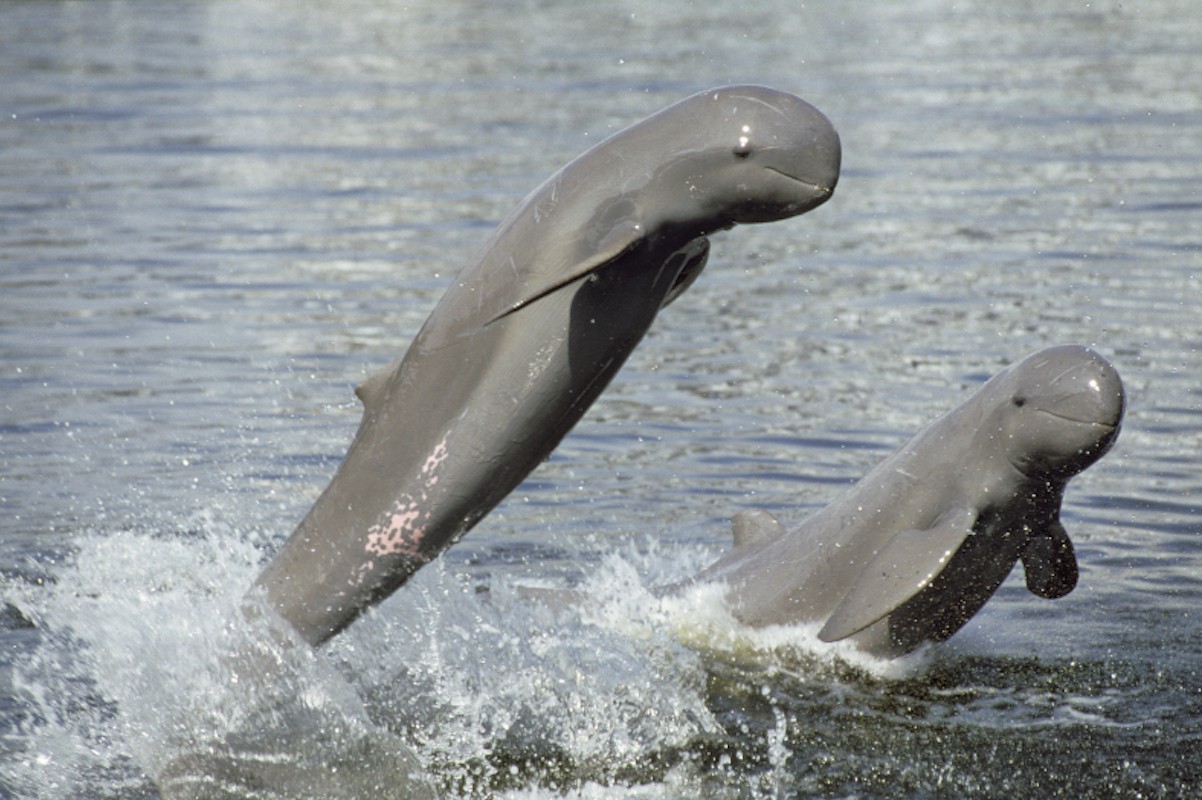Phnom Penh (VNA) – The population of Cambodia’s critically endangered river dolphin is growing for the first time in decades, hailing a major turnaround for the freshwater species.
The Irrawaddy dolphins, known for their bulging foreheads and short beaks, once swam through much of the Mekong River but in recent decades have been limited to a 190km stretch from central Cambodia to its northern border with Laos.
The population has been in steady decline since 1997 from 200 to 80 in 2015 due to habitat loss and destructive fishing practices. But a rise in new births and a decline in deaths have put the species on the path to recovery.
The number of Irrawaddy dolphins has increased from 80 to 92 in the past two years, according to a survey by Cambodian authorities and the World Wildlife Fund (WWF), which proves that the species can be protected against extinction.
The turnaround was attributed to the efforts of Cambodia’s conservation agencies and the WWF through such measures as increasing the work of river patrol teams and removing illegal gillnets – vertical mesh fishing nets that are left in the water for long periods and can trap and drown dolphins.
Tourist boat operators were also hailed as a “secret ingredient” for their help in reporting poaching and illegal gillnets to authorities.
However, Cambodian conservationists and officials warn that significant threats remain, including illegal fishing practices involving grenades, electronic gear and poisonous bait.
Cambodia considers the Irrawaddy a “national treasure” and the country is committed to eliminating all threats to the survival of this species.
Apart from Cambodia, Irrawaddy dolphins can be found in rivers and lakes in Myanmar, Indonesia, India and Thailand.-VNA





